Home>Furniture & Design>Interior Design Trends>How To Tell If Glass Has Lead
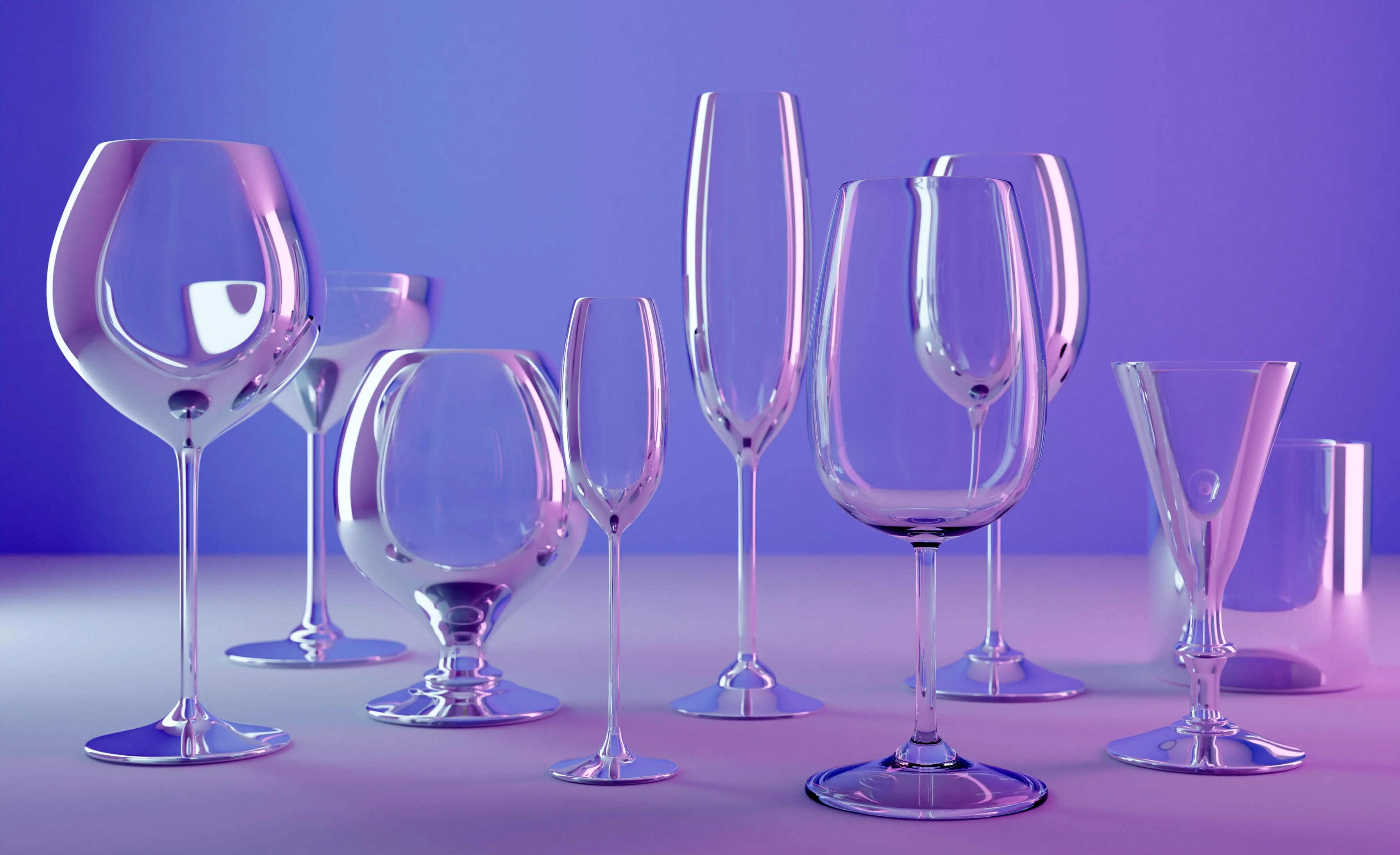

Interior Design Trends
How To Tell If Glass Has Lead
Published: February 7, 2024
Learn how to determine if glass contains lead and protect your home with the latest interior design trends. Safeguard your family with expert tips.
(Many of the links in this article redirect to a specific reviewed product. Your purchase of these products through affiliate links helps to generate commission for Storables.com, at no extra cost. Learn more)
Introduction
Lead contamination in glassware has been a concern for many years, as it poses serious health risks, especially when used for food and beverages. The presence of lead in glass can lead to lead leaching, which can result in lead exposure when consuming food or drinks stored in or served with lead-containing glassware. This issue has sparked widespread interest in understanding how to identify and mitigate the risks associated with lead in glass.
In this comprehensive guide, we will explore various methods for testing glassware for lead content. By gaining a deeper understanding of the dangers of lead in glass and the available testing methods, you can make informed decisions to safeguard your health and well-being.
Understanding the potential risks associated with lead in glass is crucial for anyone who uses glassware, whether for everyday purposes or special occasions. By being aware of the dangers and learning how to detect lead in glass, individuals can take proactive measures to minimize exposure and protect themselves and their loved ones from the harmful effects of lead contamination.
Throughout this guide, we will delve into the different testing methods available for determining the presence of lead in glass, including visual inspection, lead testing kits, and XRF testing. Each method offers unique advantages and considerations, empowering you to choose the most suitable approach for your specific needs.
By familiarizing yourself with these testing methods, you will be equipped with the knowledge and tools necessary to assess the safety of your glassware and make informed decisions about its usage. This guide aims to provide clarity and guidance on a topic that directly impacts the health and safety of individuals who rely on glassware in their daily lives.
As we delve into the intricacies of lead testing in glass, you will gain valuable insights that will enable you to navigate the potential risks associated with lead contamination and take proactive steps to ensure the safety of your glassware. Let's embark on this journey to uncover the methods for testing glassware for lead content, empowering you to make informed choices that prioritize health and well-being.
Key Takeaways:
- Lead in glassware can pose serious health risks, especially for food and drinks. Visual inspection, lead testing kits, and XRF testing are valuable methods to detect lead and ensure glassware safety.
- Understanding the dangers of lead in glass is crucial. Visual inspection, lead testing kits, and XRF testing provide valuable tools to safeguard health and well-being when using glassware.
Read more: How To Tell If Drinking Glass Contains Lead
Understanding the Dangers of Lead in Glass
Lead contamination in glassware presents a significant threat to human health, making it crucial to comprehend the potential dangers associated with this issue. When lead is present in glass, particularly in items used for food and beverages, it can pose severe health risks. The primary concern stems from the potential for lead leaching, where the toxic substance can seep into food or drinks stored in or served with lead-containing glassware.
Exposure to lead is particularly hazardous as it can accumulate in the body over time, leading to a range of adverse health effects. Ingesting lead, even in small amounts, can have detrimental consequences, especially for children and pregnant women. The toxic effects of lead exposure include developmental delays, neurological damage, and various other health complications. Therefore, the presence of lead in glassware raises serious concerns about the safety of consuming items that come into contact with lead-contaminated surfaces.
Furthermore, the risk of lead leaching is amplified when acidic substances, such as citrus juices or alcoholic beverages, come into contact with lead-containing glassware. The acidic nature of these substances can accelerate the leaching process, resulting in heightened lead exposure. This underscores the importance of identifying and addressing lead contamination in glassware, particularly when it comes to items used for food and beverage consumption.
It is essential to recognize that the dangers of lead in glass extend beyond the immediate health risks associated with lead exposure. The long-term implications of chronic lead ingestion can have profound effects on overall well-being, making it imperative to address this issue with vigilance and caution. By understanding the potential dangers of lead in glass, individuals can make informed choices to minimize the risks and prioritize their health and safety.
In light of these concerns, it becomes evident that gaining a comprehensive understanding of the dangers of lead in glass is crucial for anyone who utilizes glassware in their daily lives. By recognizing the potential risks and health implications associated with lead contamination, individuals can take proactive measures to mitigate these dangers and safeguard their well-being. This awareness forms the foundation for exploring the various testing methods available to detect lead in glass, empowering individuals to make informed decisions about the safety of their glassware.
Testing Methods for Lead in Glass
When it comes to ensuring the safety of glassware, particularly in relation to lead contamination, various testing methods are available to accurately determine the presence of lead. These methods serve as invaluable tools for individuals seeking to assess the safety of their glassware and make informed decisions about its usage. By understanding the different testing approaches, individuals can proactively address the potential risks associated with lead in glass, thereby prioritizing their health and well-being.
Visual Inspection
Visual inspection is a fundamental method for assessing the likelihood of lead content in glassware. This approach involves closely examining the glassware for any signs of lead-based paint or glaze. Lead-based paint was commonly used on glassware in the past, and its presence can be visually identified through characteristics such as a yellow or green tint. Additionally, lead-based glazes may exhibit a crackled or deteriorated appearance, indicating potential lead content.
While visual inspection provides initial insights into the potential presence of lead, it is important to note that not all lead-containing glassware exhibits visible signs of contamination. Therefore, while visual inspection serves as a preliminary assessment, it may not provide conclusive evidence of lead content, necessitating the use of additional testing methods for comprehensive validation.
Lead Testing Kits
Lead testing kits offer a practical and accessible means of detecting lead in glassware. These kits typically include swabs or solutions that can be applied to the surface of the glassware to test for lead presence. The chemical reaction between the testing solution and the glass surface can indicate the presence of lead, providing users with a straightforward method for assessing the safety of their glassware.
It is important to follow the instructions provided with the lead testing kit carefully to ensure accurate results. While lead testing kits offer a convenient way to conduct preliminary testing for lead in glassware, it is advisable to complement this method with additional testing approaches, particularly for items of significant concern or historical value.
Read more: How To Tell If Grass Has Fungus
XRF Testing
X-ray fluorescence (XRF) testing represents a highly effective and precise method for analyzing the elemental composition of glassware, including the presence of lead. This non-destructive testing technique utilizes X-ray technology to identify the elemental composition of the glass, offering detailed insights into the presence of lead and other potentially harmful substances.
XRF testing is often performed by professionals equipped with specialized XRF analyzers, which can provide accurate and comprehensive data regarding the composition of the glassware. This method is particularly valuable for assessing the safety of antique or vintage glassware, where the presence of lead may not be visually evident.
By leveraging these testing methods, individuals can gain a comprehensive understanding of the lead content in their glassware, enabling them to make informed decisions about its usage. Whether through visual inspection, lead testing kits, or XRF testing, these methods empower individuals to prioritize safety and take proactive measures to mitigate the potential risks associated with lead in glass.
This comprehensive exploration of testing methods for lead in glass underscores the importance of equipping individuals with the knowledge and tools necessary to safeguard their health and well-being. By leveraging these testing methods, individuals can navigate the complexities of lead contamination in glassware with confidence, ensuring that their glassware meets stringent safety standards and poses minimal risk of lead exposure.
Visual Inspection
Visual inspection serves as a fundamental method for assessing the likelihood of lead content in glassware. This approach involves closely examining the glassware for any signs of lead-based paint or glaze. Historically, lead-based paint was commonly used on glassware, and its presence can be visually identified through characteristics such as a yellow or green tint. Additionally, lead-based glazes may exhibit a crackled or deteriorated appearance, indicating potential lead content.
When conducting a visual inspection, it is essential to carefully scrutinize the glassware under adequate lighting to detect any visual cues that may indicate the presence of lead. This meticulous examination can reveal subtle indicators of lead-based paint or glaze, providing initial insights into the potential contamination of the glassware.
It is important to note that while visual inspection offers a valuable preliminary assessment, not all lead-containing glassware exhibits visible signs of contamination. Therefore, while visual inspection serves as an essential first step, it may not provide conclusive evidence of lead content. As a result, additional testing methods may be necessary to validate the presence of lead in glassware, particularly for items of significant concern or historical value.
By leveraging visual inspection as an initial assessment tool, individuals can gain valuable insights into the potential presence of lead in their glassware. This method empowers individuals to proactively identify visual indicators of lead-based paint or glaze, prompting further evaluation to ensure the safety of the glassware.
In summary, visual inspection offers a crucial starting point for assessing the likelihood of lead content in glassware. By carefully examining the glassware for visible signs of lead-based paint or glaze, individuals can initiate the process of evaluating the safety of their glassware and determining the need for additional testing methods to confirm the presence of lead.
Lead Testing Kits
Lead testing kits offer a practical and accessible means of detecting lead in glassware. These kits typically include swabs or solutions that can be applied to the surface of the glassware to test for lead presence. The chemical reaction between the testing solution and the glass surface can indicate the presence of lead, providing users with a straightforward method for assessing the safety of their glassware.
When utilizing lead testing kits, it is crucial to follow the instructions provided with the kit meticulously to ensure accurate results. The process typically involves applying the testing solution or swab to the surface of the glassware and observing any color changes or reactions that may occur. These visual indicators can signal the presence of lead, prompting further evaluation of the glassware's safety.
One of the key advantages of lead testing kits is their convenience and ease of use. Individuals can readily conduct preliminary testing for lead in their glassware without requiring specialized equipment or professional assistance. This accessibility empowers users to proactively assess the safety of their glassware and take necessary precautions if lead contamination is detected.
It is important to note that while lead testing kits offer a convenient way to conduct initial testing for lead in glassware, they may not provide comprehensive or definitive results in all cases. Therefore, it is advisable to complement this method with additional testing approaches, particularly for items of significant concern or historical value.
By leveraging lead testing kits as a preliminary assessment tool, individuals can gain valuable insights into the potential presence of lead in their glassware. This method serves as an accessible and practical means of initiating the testing process, allowing users to identify potential lead contamination and take informed steps to ensure the safety of their glassware.
In summary, lead testing kits offer a user-friendly approach to conducting initial testing for lead in glassware. By following the provided instructions and observing any visual indicators of lead presence, individuals can utilize these kits to proactively assess the safety of their glassware and make informed decisions regarding its usage.
To test for lead in glass, rub a piece of white paper on the glass. If it leaves a gray mark, it may contain lead. You can also use a lead testing kit for confirmation.
XRF Testing
X-ray fluorescence (XRF) testing represents a highly effective and precise method for analyzing the elemental composition of glassware, including the presence of lead. This non-destructive testing technique utilizes X-ray technology to identify the elemental composition of the glass, offering detailed insights into the presence of lead and other potentially harmful substances.
When conducting XRF testing for lead in glassware, specialized XRF analyzers are employed to emit X-rays onto the surface of the glass, stimulating the emission of fluorescent X-rays. These emitted X-rays are then analyzed to determine the elemental composition of the glass, enabling the identification of specific elements, such as lead, present within the material.
One of the primary advantages of XRF testing is its ability to provide accurate and comprehensive data regarding the composition of the glassware. This method offers precise insights into the presence and concentration of lead, allowing for thorough assessment and validation of the glassware's safety. Additionally, XRF testing is particularly valuable for assessing antique or vintage glassware, where the presence of lead may not be visually evident.
Furthermore, XRF testing is a non-destructive method, meaning that it does not alter the physical properties of the glassware during the testing process. This non-invasive approach ensures that the integrity of the glassware remains intact, making XRF testing an ideal method for evaluating valuable or delicate glass items without causing any damage.
By leveraging XRF testing, individuals can gain a comprehensive understanding of the lead content in their glassware, enabling them to make informed decisions about its usage. This method serves as a highly reliable and precise means of assessing the safety of glassware, particularly for items of historical or sentimental value, where accurate determination of lead presence is essential.
In summary, XRF testing offers a sophisticated and non-destructive approach to analyzing the elemental composition of glassware, providing detailed insights into the presence of lead and other elements. By utilizing XRF technology, individuals can ensure thorough evaluation of their glassware's safety, empowering them to prioritize health and well-being when using glass items in their daily lives.
Read more: What Is Lead Glass
Conclusion
In conclusion, the presence of lead in glassware poses significant health risks, particularly when used for food and beverages. The potential for lead leaching from glass surfaces into consumables underscores the importance of identifying and addressing lead contamination in glassware. Throughout this comprehensive guide, we have explored various testing methods for detecting lead in glass, equipping individuals with the knowledge and tools necessary to prioritize their health and well-being.
Visual inspection serves as a fundamental method for assessing the likelihood of lead content in glassware. By closely examining glass items for visible signs of lead-based paint or glaze, individuals can initiate the process of evaluating the safety of their glassware. While visual inspection provides valuable initial insights, it may not always offer conclusive evidence of lead content, necessitating the use of additional testing methods for comprehensive validation.
Lead testing kits offer a practical and accessible means of conducting preliminary testing for lead in glassware. These kits empower users to detect potential lead contamination through chemical reactions, providing a convenient method for assessing the safety of glass items. However, it is important to complement this approach with additional testing methods to ensure comprehensive evaluation, especially for items of significant concern or historical value.
X-ray fluorescence (XRF) testing represents a highly effective and precise method for analyzing the elemental composition of glassware, including the presence of lead. This non-destructive testing technique offers detailed insights into the presence and concentration of lead, making it particularly valuable for assessing antique or vintage glassware. By leveraging XRF testing, individuals can ensure thorough evaluation of their glassware's safety, empowering them to make informed decisions about its usage.
By gaining a comprehensive understanding of the dangers of lead in glass and the available testing methods, individuals can proactively address the potential risks associated with lead contamination. Whether through visual inspection, lead testing kits, or XRF testing, these methods provide valuable tools for safeguarding health and well-being when using glassware.
In essence, this guide aims to empower individuals to navigate the complexities of lead contamination in glassware with confidence. By leveraging the insights and testing methods presented, individuals can make informed choices to minimize the risks of lead exposure and prioritize the safety of their glassware. This proactive approach not only promotes a healthier living environment but also underscores the importance of informed decision-making when it comes to utilizing glass items in daily life.
Frequently Asked Questions about How To Tell If Glass Has Lead
Was this page helpful?
At Storables.com, we guarantee accurate and reliable information. Our content, validated by Expert Board Contributors, is crafted following stringent Editorial Policies. We're committed to providing you with well-researched, expert-backed insights for all your informational needs.
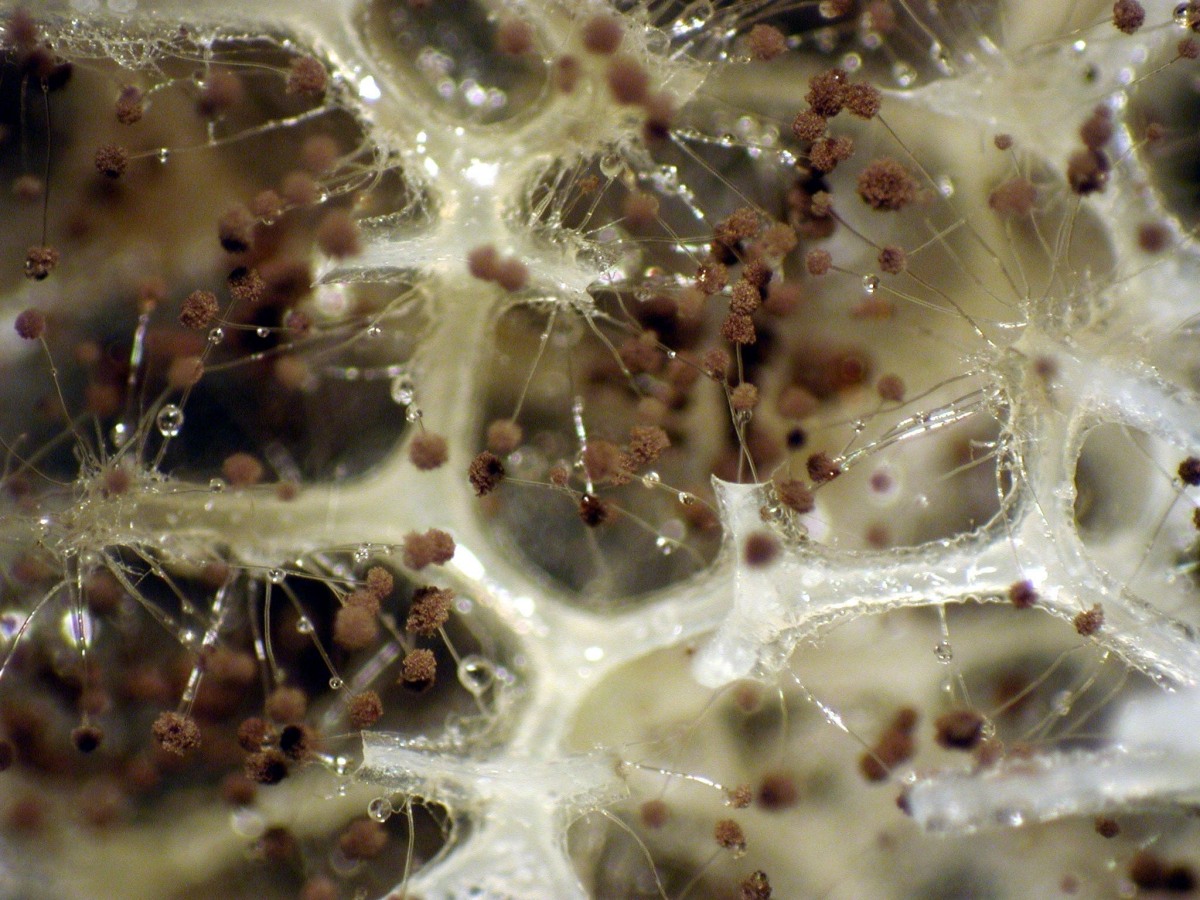
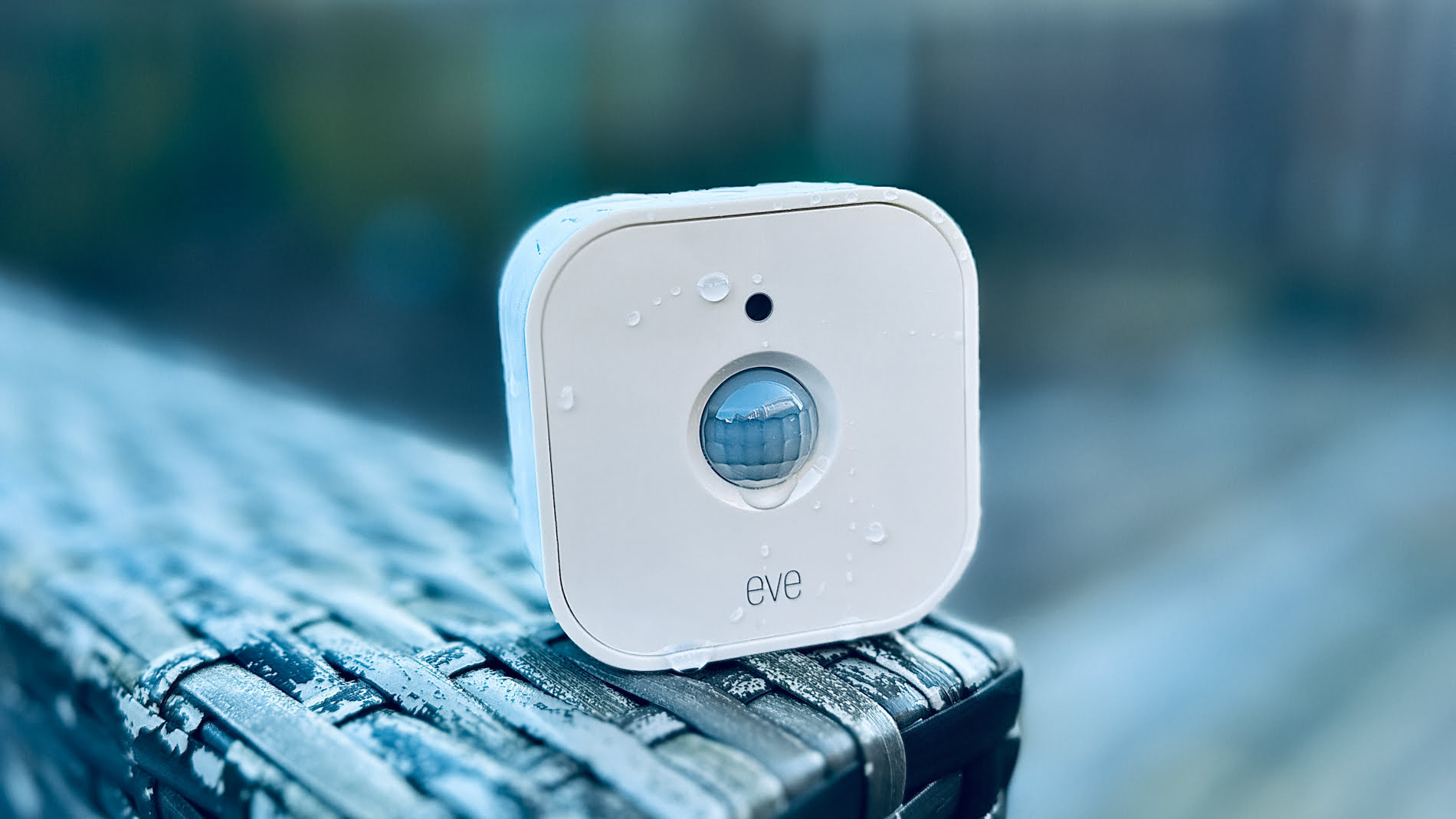
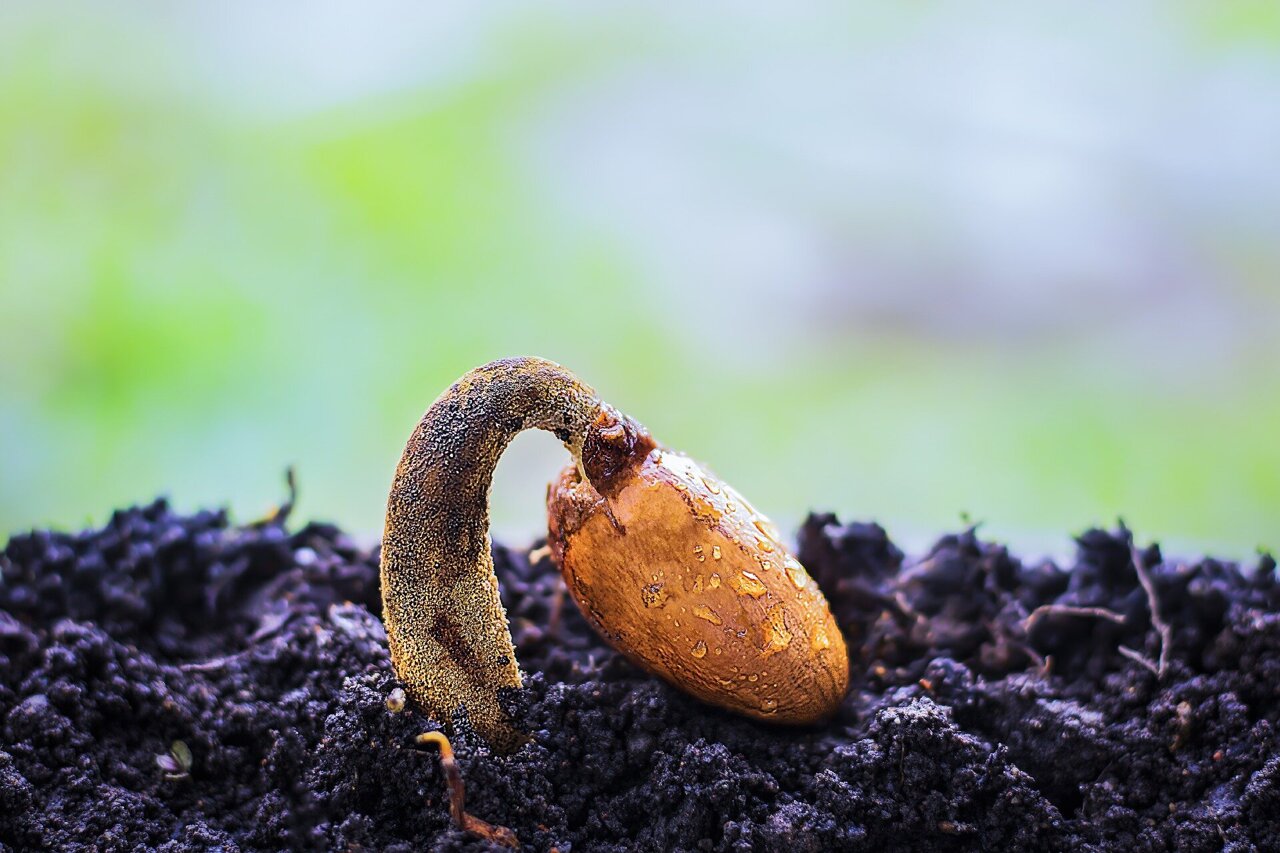
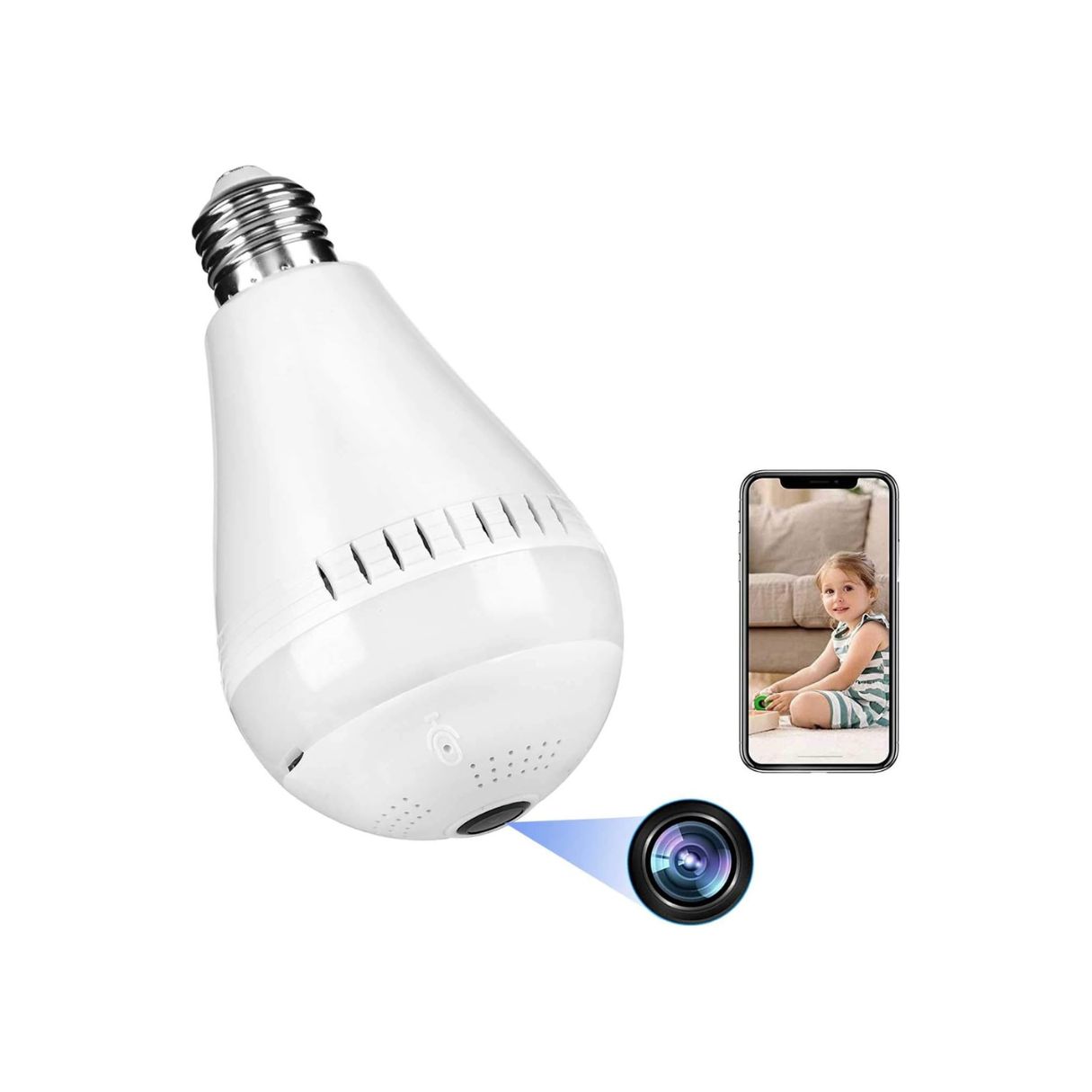
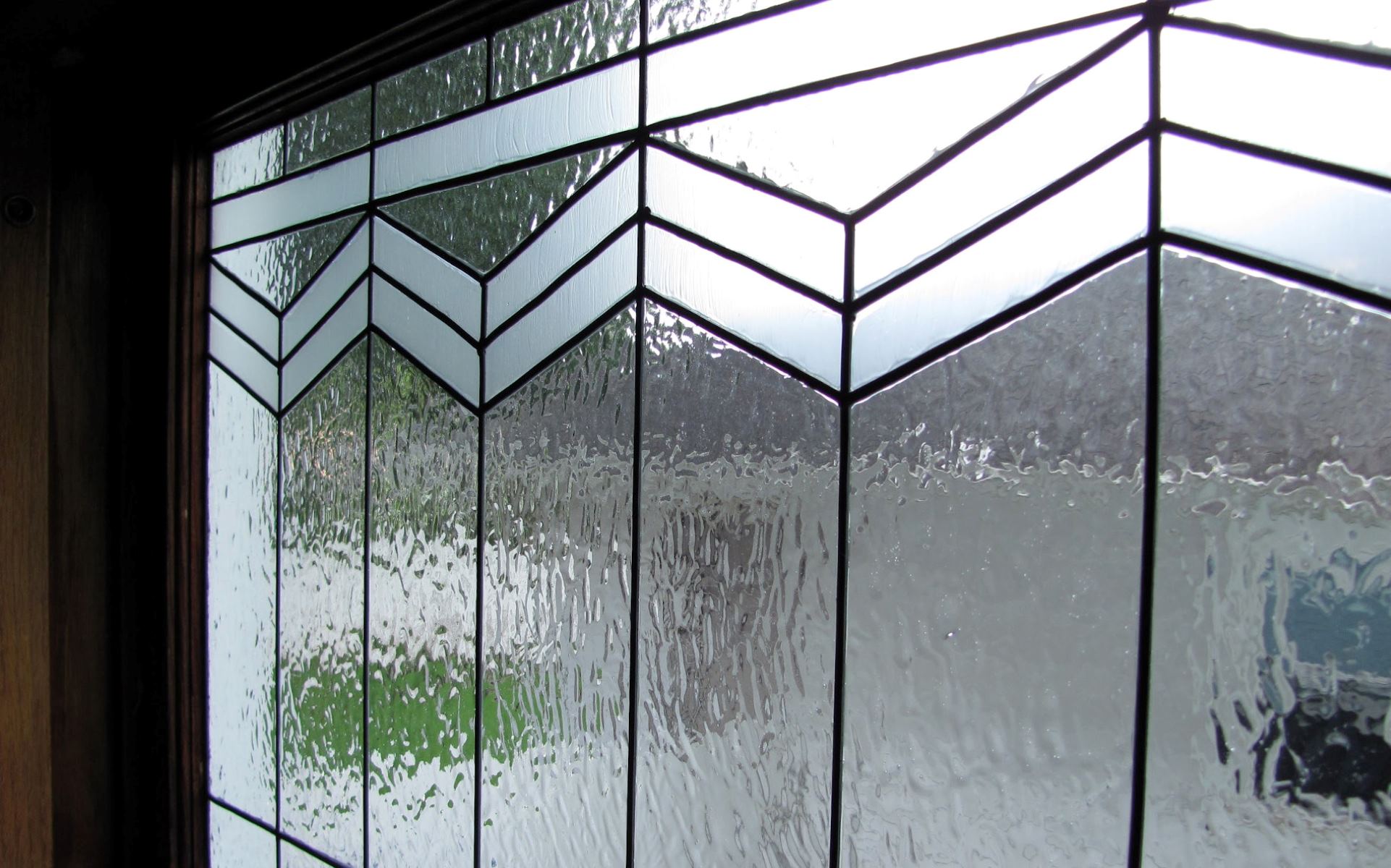
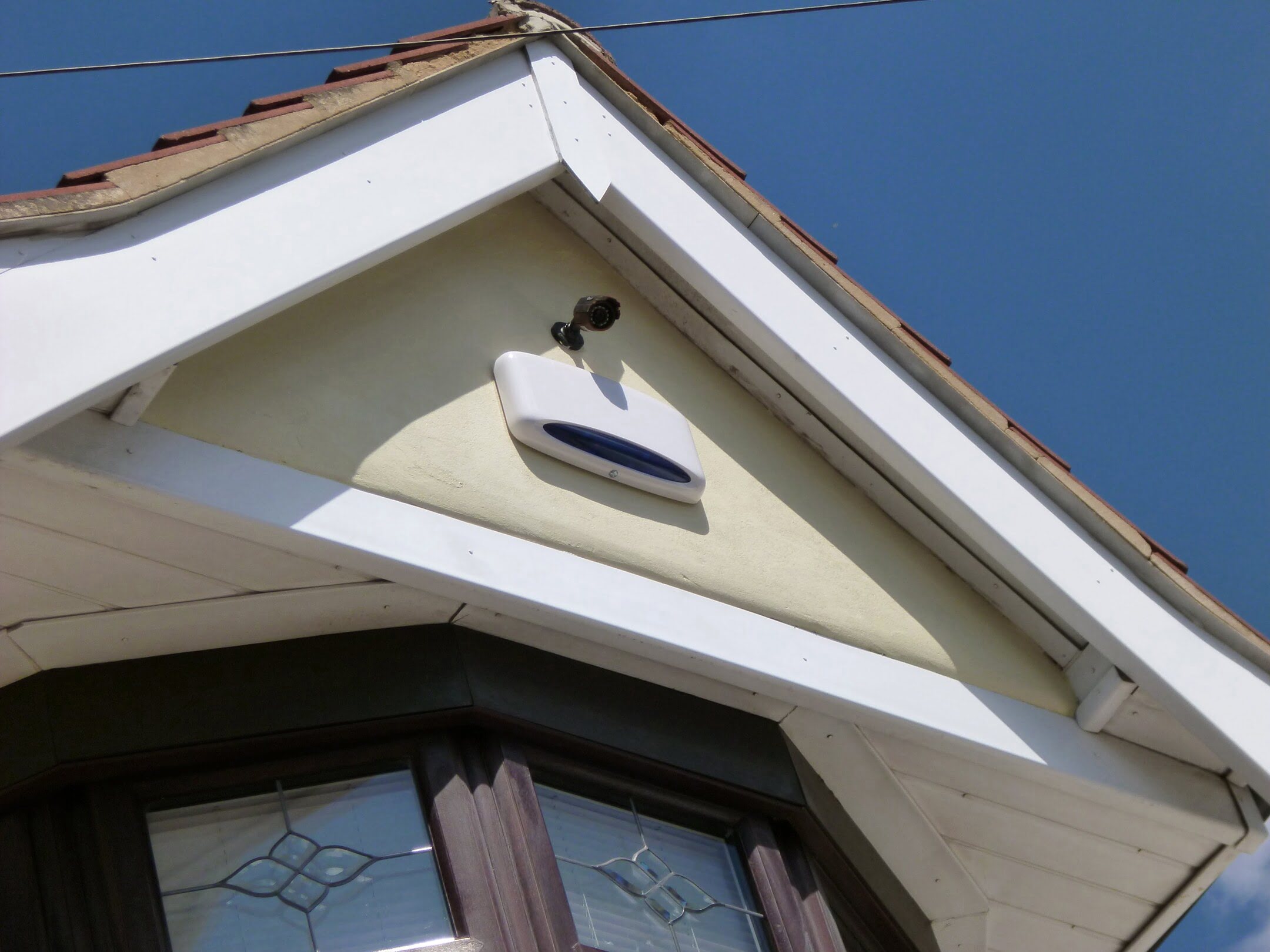
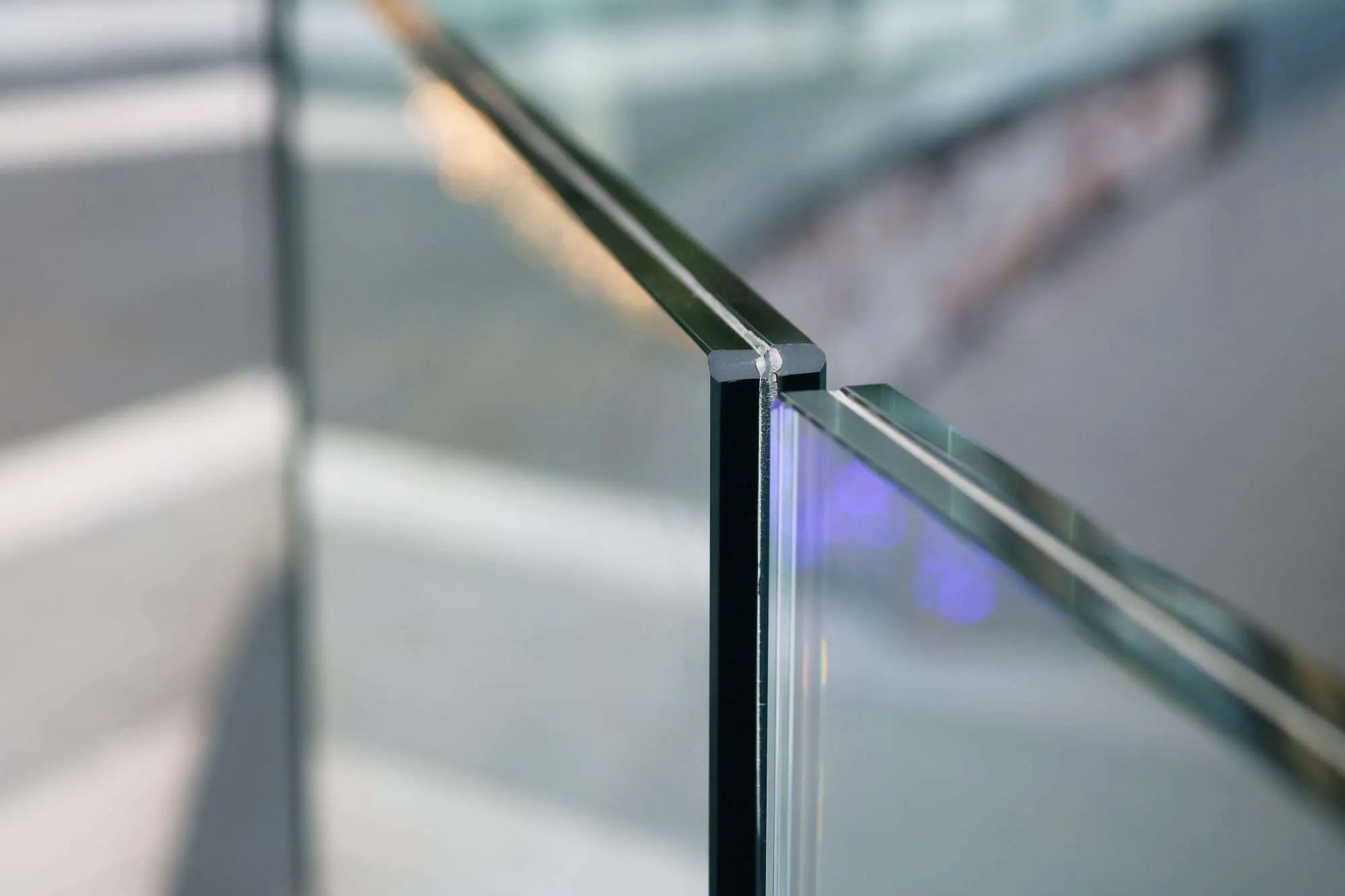
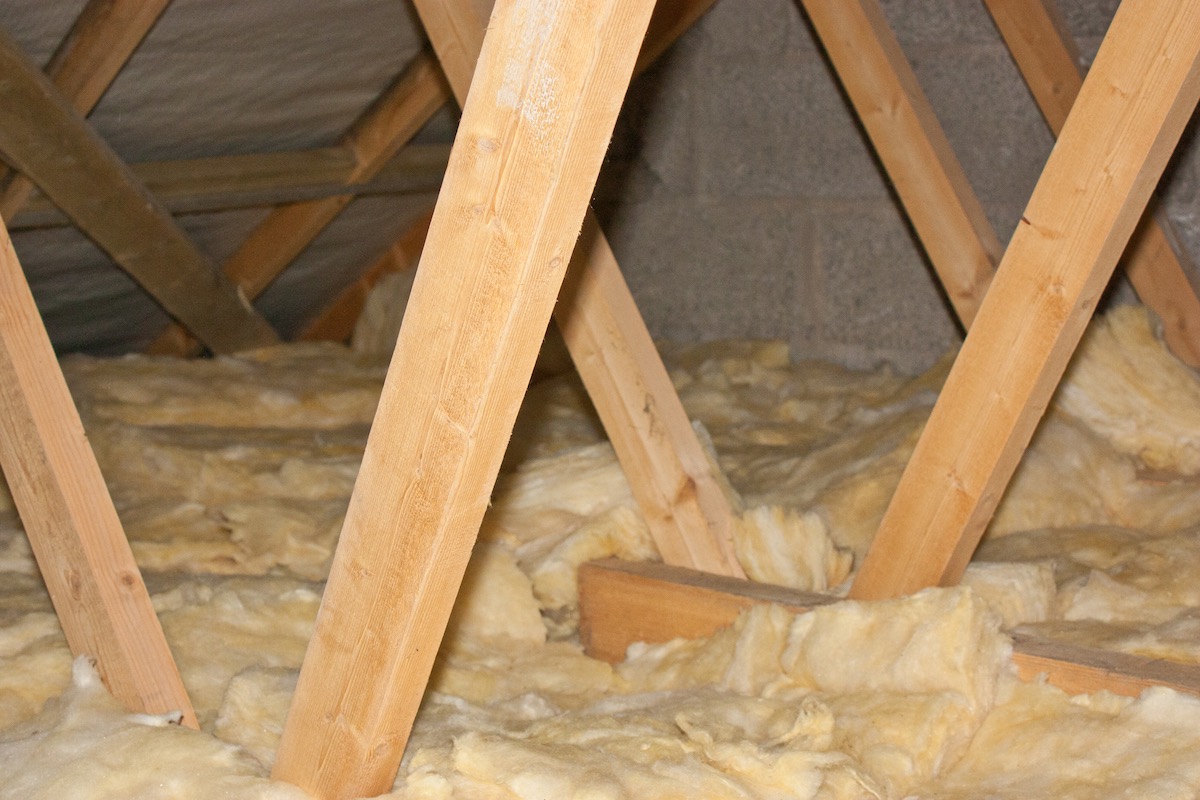

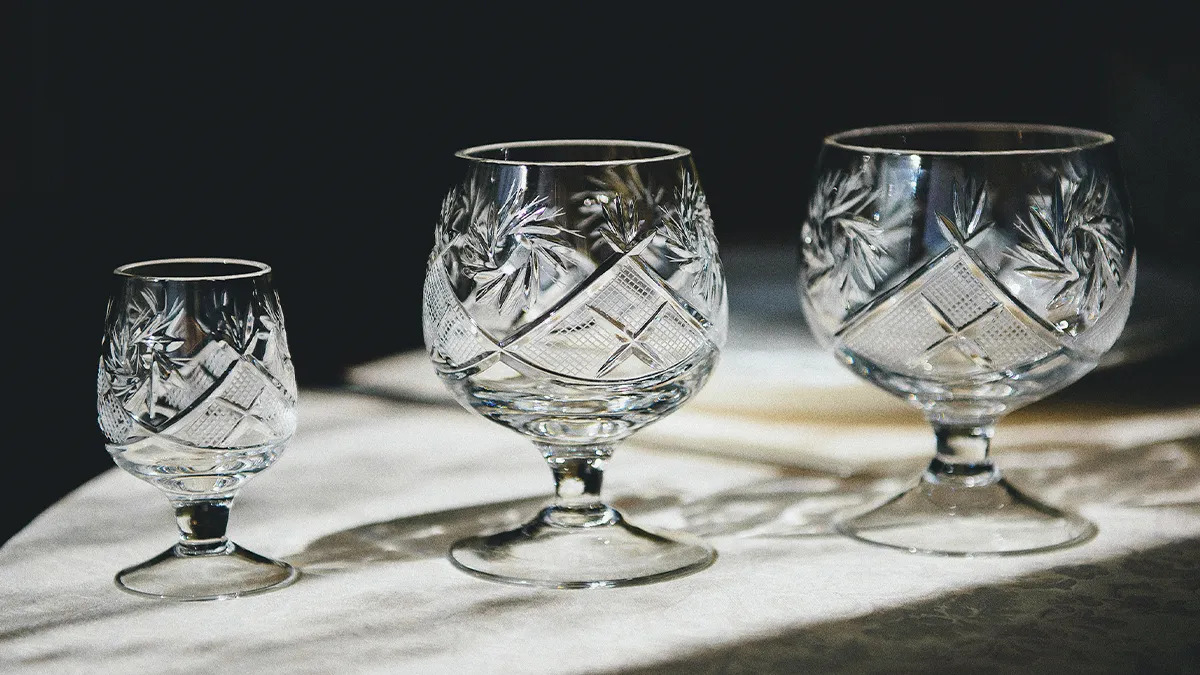
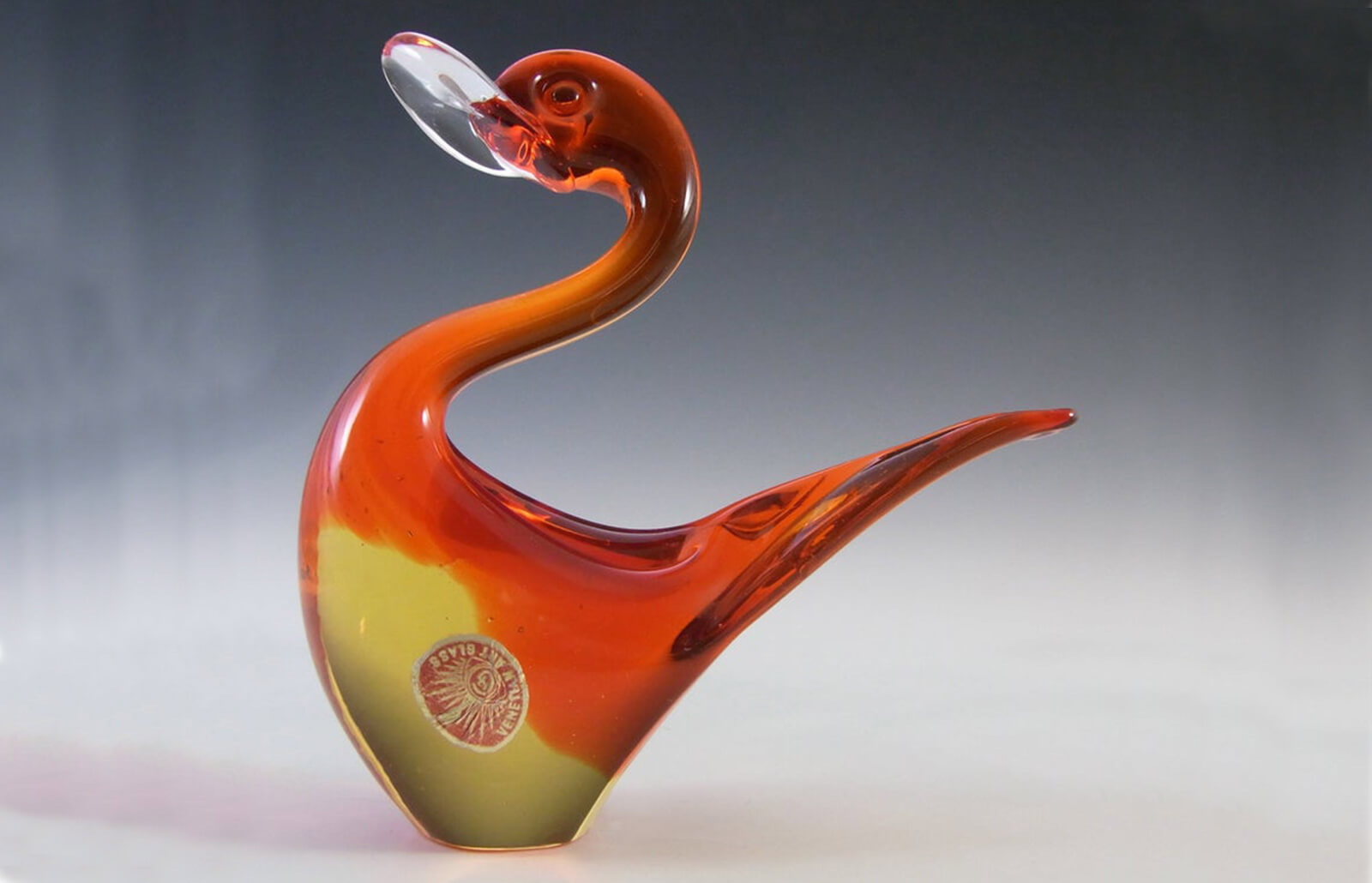
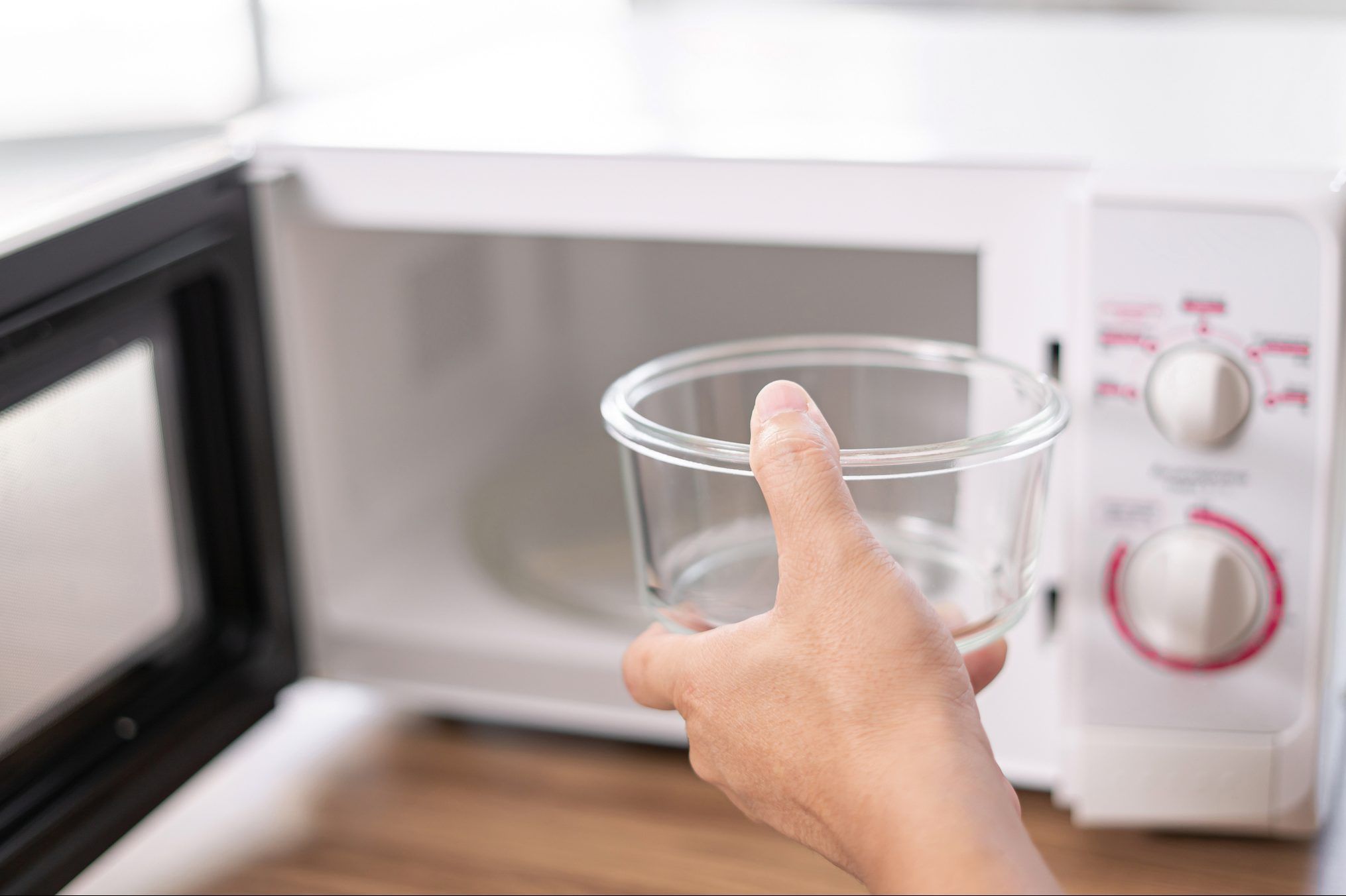


0 thoughts on “How To Tell If Glass Has Lead”